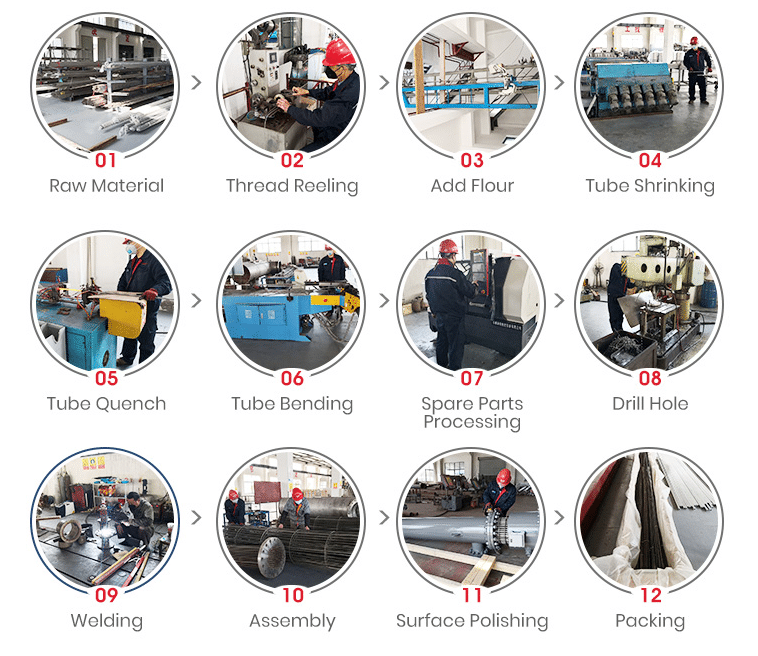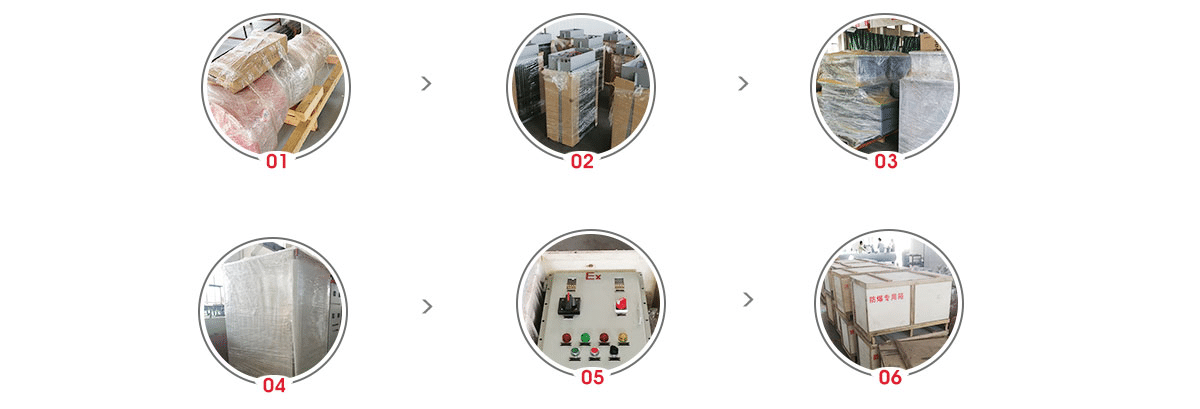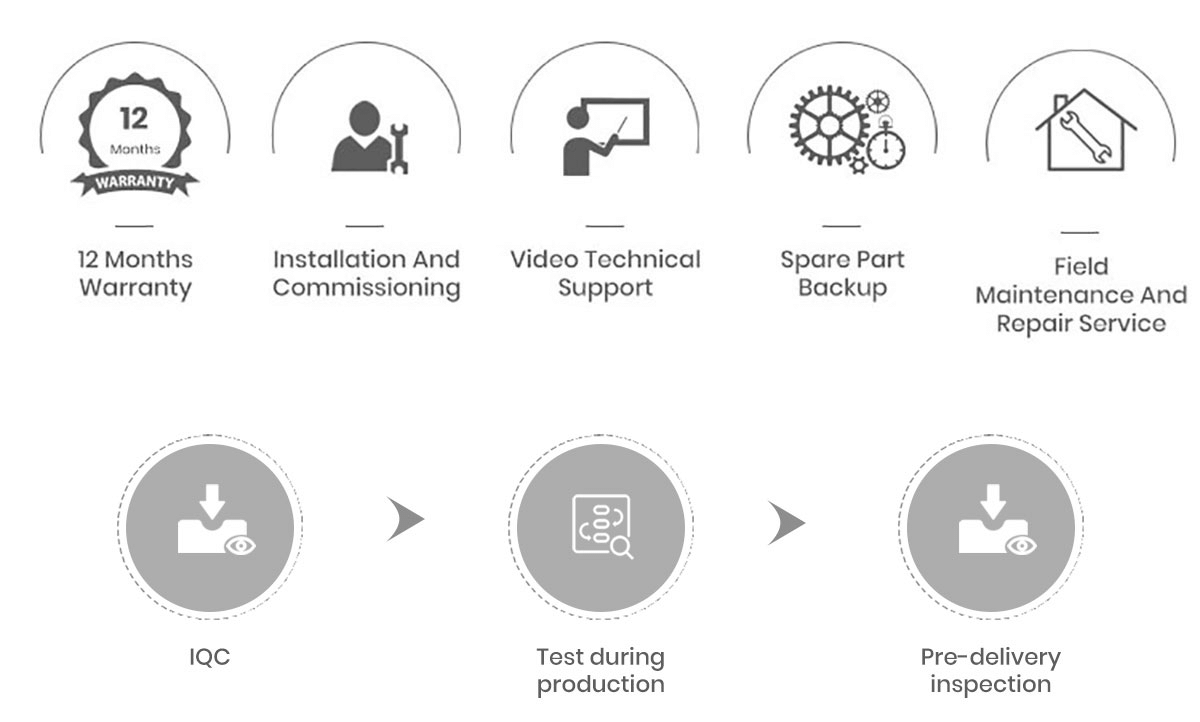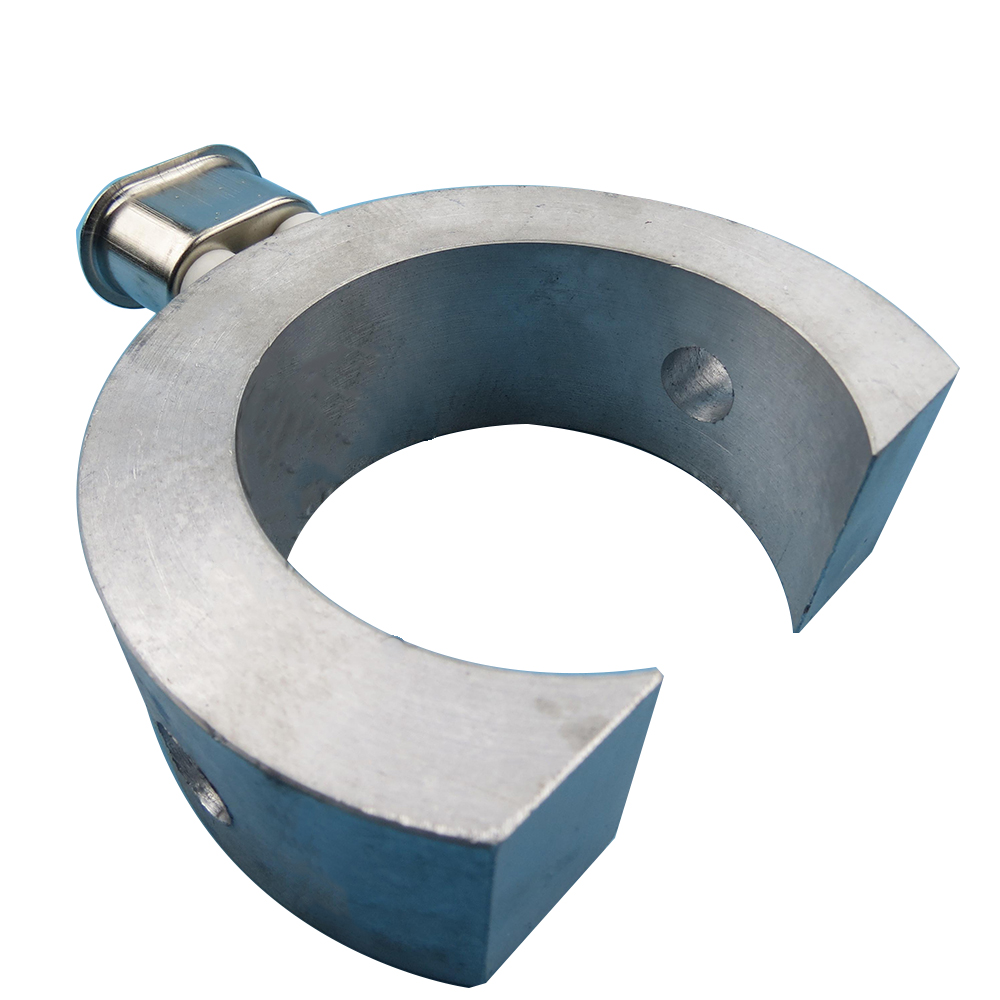Europe style for Flameproof Electric Control Cabinet - Hazardous Area Heat Trace – Weineng
Europe style for Flameproof Electric Control Cabinet - Hazardous Area Heat Trace – Weineng Detail:
Feature
Trace heating cables contain two copper conductor wires that are parallel in length which creates a heating zone with a resistance filament in place. With a fixed voltage supplied, a constant wattage is produced which then heats up the zone.
Application
The most common pipe trace heating applications include:
Freeze protection
Temperature maintenance
Snow Melting On Driveways
Other uses of trace heating cables
Ramp and stair snow / ice protection
Gulley and roof snow / ice protection
Underfloor heating
Door / frame interface ice protection
Window de-misting
Anti-condensation
Pond freeze protection
Soil warming
Preventing cavitation
Reducing Condensation On Windows
FAQ
1.Are you factory?
Yes, we are factory, all customers are more than welcome to visit our factory .
2.What is heat tape for roofs?
Heat tape is a protected electrical cord that, when used in gutters and pipes, can stop them from freezing. Also known as gutter heat cables or gutter heaters, heat tape helps to prevent ice dams from forming. … But, heat tape for roofs and gutters also comes with its own set of quirks.
3.Does heat tape get warm?
Tucked away in a garden shed or crawl space, the tapes get hot in summer, cold in winter and soaked with moisture off and on year-round. Sadly, heat tape has the potential to cause fires in homes and businesses.
4.Can you cut heat tape to length?
With the exception of cut-to-length heat tape (which is not available for online sale, though you can contact us to find out more), you cannot trim heat tape to length. in a grounded version for applications in ordinary locations up to 305°F.
5.Can heat trace touch itself?
Constant wattage heat trace and MI cable cannot cross or touch itself. … Self-regulating heat trace cables, however, would adjust to this temperature increase, making them safe to cross or overlap. As with any electrical system, though, there are always potential dangers with using heat trace or heat cables.
Production Process

Markets & Applications

Packing

QC & Aftersales Service

Certification

Contact information

Product detail pictures:

Related Product Guide:
Excellent 1st,and Client Supreme is our guideline to deliver the ideal provider to our prospects.Nowadays, we have been seeking our best to become certainly one of the most effective exporters in our discipline to meet shoppers more require for Europe style for Flameproof Electric Control Cabinet - Hazardous Area Heat Trace – Weineng , The product will supply to all over the world, such as: Mozambique, Orlando, Ecuador, If you give us a list of merchandise you are interested in, along with makes and models, we can send you quotations. Remember to email us directly. Our goal is to establish long-term and mutually profitable business relationships with domestic and overseas clients. We look forward to receiving your reply soon.
Cooperate with you every time is very successful, very happy. Hope that we can have more cooperation!





